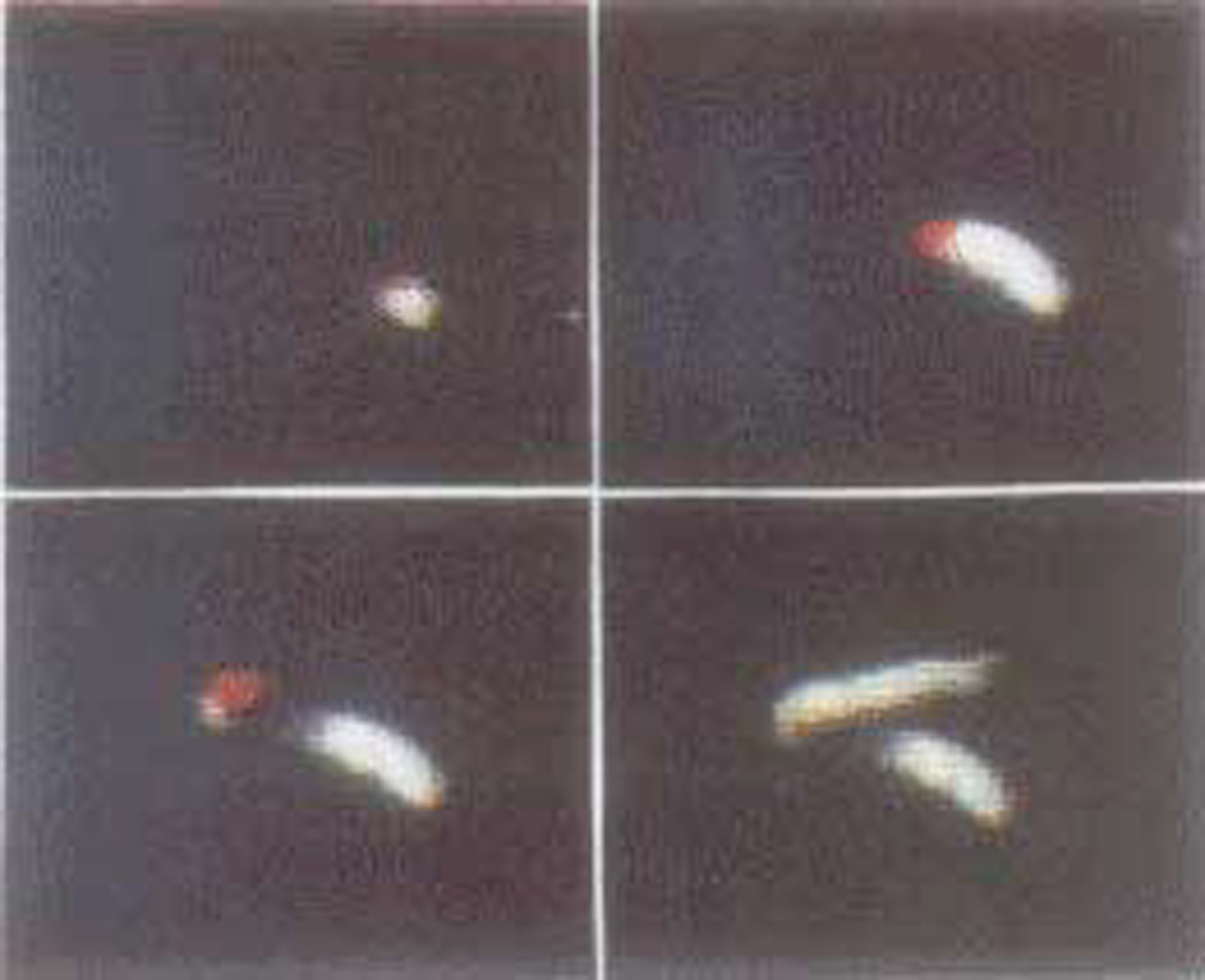“Rendering interactive holographic images” by Lucente and Galyean
Conference:
Type(s):
Title:
- Rendering interactive holographic images
Presenter(s)/Author(s):
Abstract:
We present a method for computing holographic patterns for the generation of three-dimensional (3-D) holographic images at interactive speeds. We used this method to render holograms on a conventional computer graphics workstation. The framebuffer system supplied signals directly to a real-time holographic (“holovideo”) display. We developed an efficient algorithm for computing an image-plane stereogram, a type of hologram that allowed for several computational simplifications. The rendering algorithm generated the holographic pattern by compositing a sequence of view images that were rendered using a recentering shear-camera geometry. Computational efficiencies of our rendering method allowed the workstation to calculate a 6-megabyte holographic pattern in under 2 seconds, over 100 times faster than traditional computing methods. Data-transfer time was negligible. Holovideo displays are ideal for numerous 3-D visualization applications, and promise to provide 3-D images with extreme realism. Although the focus of this work was on fast computation for holovideo, the computed holograms can be displayed using other holographic media. We present our method for generating holographic patterns, preceded by a background section containing an introduction to optical and computational holography and holographic displays.
References:
1. Michael McKenna and David Zeltzer. Three Dimensional Visual Display Systems For Virtual Environments. Presence: Teleoperators and Virtual Environments. Vol. 1 #4, 1992, pp. 421-458.
2. P. Hariharan. Optical Holography. Cambridge: Cambridge University Press. 1984.
3. Pierre St. Hilaire, Stephen A. Benton and Mark Lucente. Synthetic Aperture Holography: A Novel Approach To Three Dimensional Displays. Journal of the Optical Society of America A, Vol. 9, #11, Nov. 1992, pp. 1969 – 1977.
4. William J. Dallas. Computer-Generated Holograms. Chapter 6 in The Computer in Optical Research, Topics in Applied Physics, Vol. 41, ed. B.R. Frieden. Berlin: Springer-Verlag. 1980, pp. 291-366.
5. Mark Lucente. Interactive Computation Of Holograms Using A Look-up Table. Journal of Electronic Imaging, Vol. 2, #1, Jan 1993, pp. 28-34. Also: Mark Lucente. Optimization of hologram computation for real-time display, in SPIE Proc. #1667 Practical Holography VI, 1667-04 (SHE, Bellingham, WA, 1992), pp. 32-43.
6. E Mok, J. Diep, H.-K. Liu and D. Psaltis. Real-time Computer-generated Hologram By Means Of Liquid-Crystal Television Spatial Light Modulator. Optics Letters, Vol. 11 # 11, Nov. 1986, pp. 748-750.
7. S. Fukushima, T. Kurokawa and M. Ohno. Real-time Hologram Construction And Reconstruction Using A High-resolution Spatial Light Modulator. Applied Physics Letters, Vol. 58 #8, Aug. 1991, pp. 787-789.
8. Stephen A. Benton. Survey of Holographic Stereograms. In Processing and Display of Three-Dimensional Data. Proceedings ofthe SPIE 367, 1983, pp. 15-19.
9. Michael Halle. The Generalized Holographic Stereogram. Master’s thesis, Massachusetts Institute of Technology, 1991.
10. Joseph W. Goodman. Introduction to Fourier Optics. New York: McGraw-Hill. 1968.
11. J. R. Fienup. Iterative Method Applied to Image Reconstruction And to Computer-Generated Holograms. Optical Engineering, Vol. 19 #3, May/June 1980, pp.297-305.
12. Mark Lucente. Diffraction-Specific Fringe Computation for Electro-Holography. Ph.D. Thesis, Massachusetts Institute of Technology, 1994.




